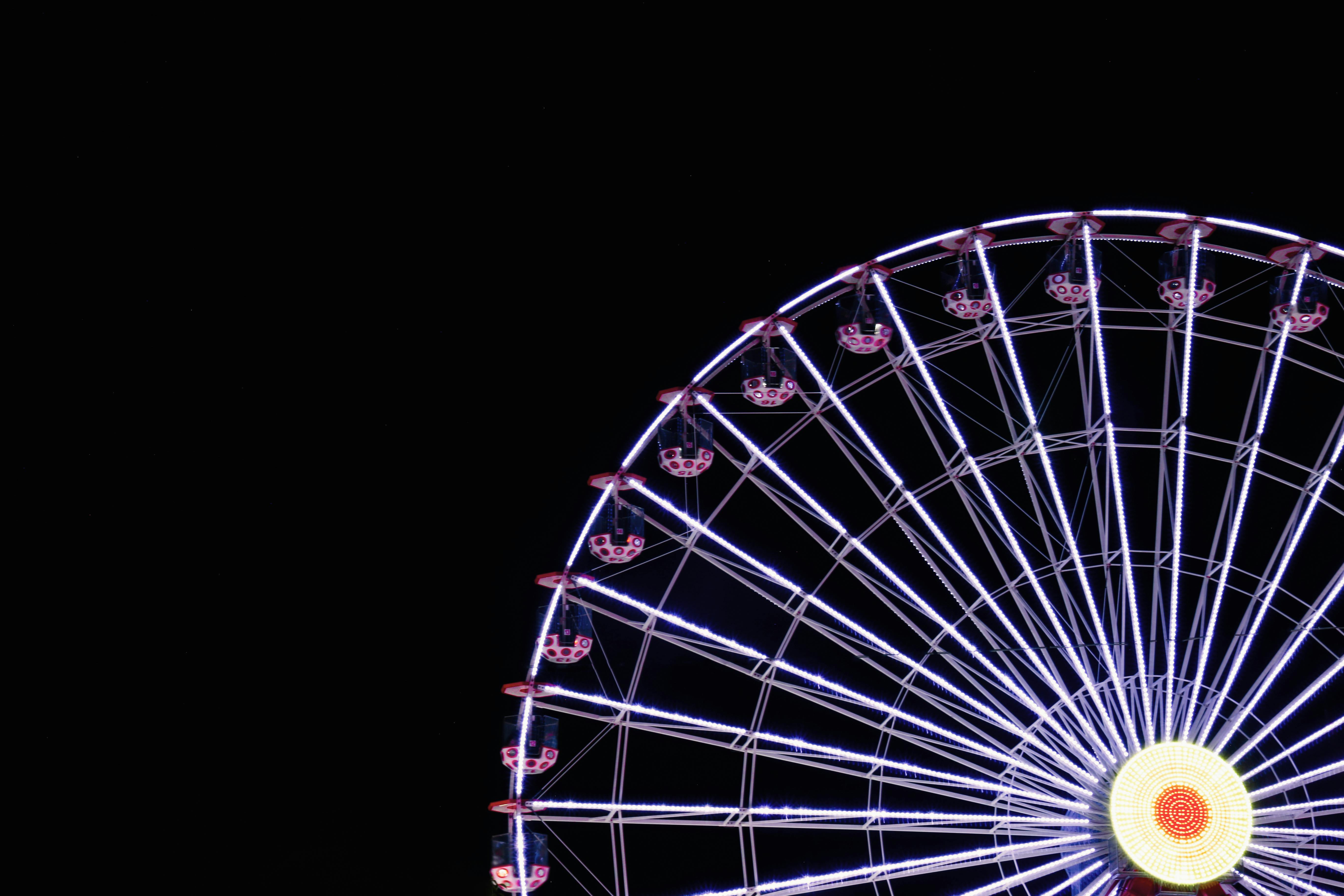
Machiavelli and the Italy of the Renaissance by JR Hale
JR Hale’s Machiavelli And Renaissance Italy was originally part of a Teach Yourself History series, published by Penguin Books in the 1960s. its laudable goal of opening up specialist knowledge to a wider audience. The same reader, however, will also be surprised, because it is not a small sketch to enlarge an icon to a mere sketch. On the contrary, this text treats his subject admirably and in some detail. In the end, it’s quite a long read due to the intensity of the book and the level of detail presented. The picture he paints of his subject, however, will seem doubly surprising to anyone who might associate Niccolo Machiavelli with only The Prince.
JRHale’s book is first a biography and then a history. In the end, we have a completely complete portrait of Machiavelli, who turns out to be quite a complex conservative, somewhat vulnerable, but also self-assured. He is best known for a treatise on cutthroat politics, presenting a recipe that many others have dissected and some have tried to follow, believing it provides a recipe for success. Machiavelli the politician, however, was only partially successful in pursuing his own career, spending much of his life on the fringes of the highest and most powerful, often frantically trying to squeeze his way through whatever cracks lay in his way. could lead him back into the power structure. The creative or academic side of Niccolo Machiavelli’s genius, however, appears to be largely unknown to modern audiences, but Hale’s book admirably addresses all of Machiavelli’s achievements.
Machiavelli was a historian. In fact, he was commissioned to write a history of Florence. He was also something of a linguist, a bit pedantic in that area, to tell the truth. Like all those guys, sometimes he was right. What is less obvious from our distance in time is that he was also a poet and playwright, some of his stage works being well known to contemporary audiences, having received numerous performances.
But it is the political controversy that is The Prince that we know Nicholas Machiavelli for. He wrote the work after analyzing the habits, achievements and tactics of one Cesare Borgia, with whom he served during the prince’s most successful times. Now Cesare did not stand out for his negotiation skills. He was undoubtedly a man of action. He was usually willing to fight, in fact, whenever the opportunity arose. To him, it seems that a quick war occupied the same space in his life as his next meal. Machiavelli’s own account of a conversation with Cesare relates that: “(Lucca) was a rich city and a fine morsel for a gourmet.” Then, commenting on Cesare’s methods, Machiavelli records that a certain Messer Ramiro had been cut in two and left in Cesena’s square for everyone to see the work. His death “was the pleasure of the prince, who shows us that he can make and unmake men according to his own merits.” So Cesare ate cities for sandwiches and half people for dessert. He was moderately successful for a time, it must be said, so it is not surprising that Machiavelli incorporates his policies and practices as a prescriptive method into his own manual on statecraft.
But the methods never transferred easily. To survive, he tells us, states need money, since states are only respected if they have armies. Similarly, political power, it seems, can only be increased through wealth and the ability to buy strength. And it was money that finally deserted Machiavelli when gainful employment as a diplomat dried up to nothing. The Medicis did not trust him, despite the fact that his own role had always been that of a writer, a kind of statesman, a civil servant. And so, when the job in politics dried up, he turned his hand to history.
Not, of course, that she had never parted with him. Machiavelli lived in a time of princes and emperors. Two of the latter invaded the Italian peninsula from the north during his lifetime, one a Frenchman and the other a variety of Habsburgs. Medici came and went and came back again. The popes did the same, but not with the same identity, since they came from different families, or even with the same objectives, except the advancement of the family interests that they represented. In Machiavelli’s time, the popes behaved like the emperors they are, and all wars were obviously just, as long as benefits were obtained. And just to underscore the fact that times have hardly changed, Machiavelli saw a religious fundamentalist capture the popular imagination through a puritanical message, only to be destroyed by that same popular imagination when he moved on. At the beginning of the 16th century, it seems that austerity fueled by a guilt complex had only been temporarily hidden.
JR Hale’s book is thus a glowing reminder that within every icon is a story, and that history is peopled by real people, characters who drive events and create the future. These real people, on occasions, are eternalized as icons, fixed in their own time, but capable of being transferred to any other to meet the needs of those who need their support. If only those iconic figures had known that at the time, then they might have behaved differently. However, when icons are again reduced to mere people, they again become interesting, well-rounded and attractive individuals, and this is what we discover through Hale’s book on Niccolo Machiavelli.
And if we feel that Machiavelli has nothing to say about today’s politics, let us reflect on these words of his: “For some time now I have never said what I believe, nor do I believe what I say, and if I speak the truth, I wrap it in so many lies that it is difficult to reach him”.